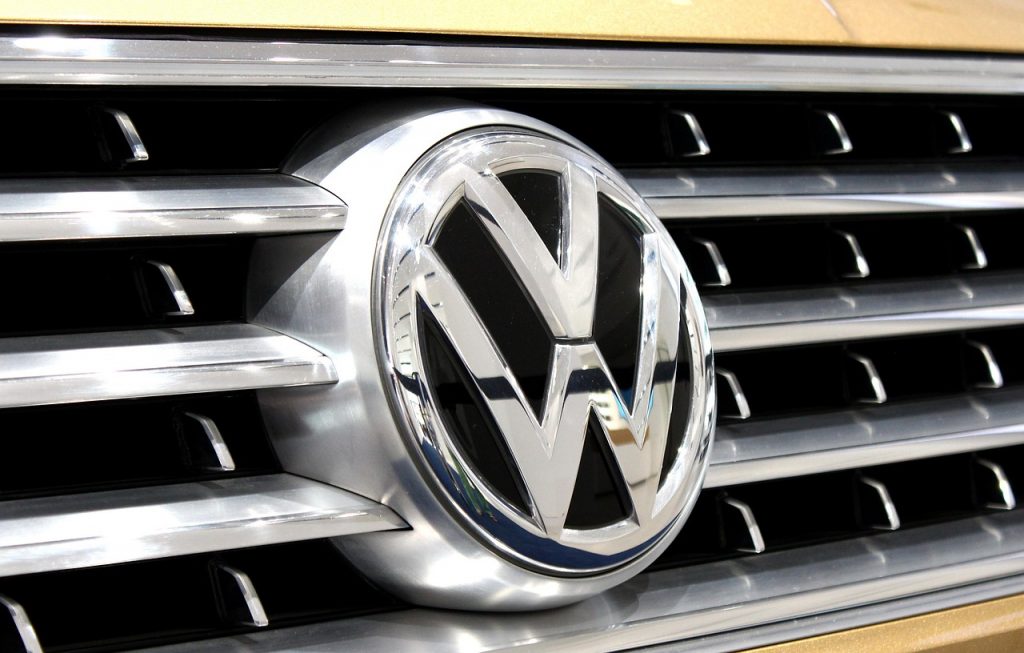Starting from £48,933
The latest generation of Volkswagen’s iconic van introduces a fresh concept while preserving its practicality. The new T7 Volkswagen Multivan marks a strategic shift for VW, replacing the T6 Transporter as part of a three-vehicle lineup, alongside the all-electric VW ID Buzz and an upcoming joint venture van with Ford.
While the ID Buzz provides a modern electric alternative and the Ford collaboration is expected to focus on commercial use, the T7 Multivan is the only model that maintains Volkswagen’s long-standing van heritage, dating back to its earliest rear-engine designs. This ensures that it remains true to the brand’s legacy while incorporating modern technological advancements.
A Legacy of Versatility
The history of VW’s van traces back to the Type 2, developed when Volkswagen workers modified a Beetle chassis to create a flatbed transporter for factory use. Recognizing its potential, Volkswagen’s Dutch importer proposed a consumer-friendly version in 1947, leading to the production of the first VW Transporter in 1949. This marked the beginning of a series of vans renowned for their reliability and versatility.
Over the years, the Volkswagen van has transitioned from a practical utility vehicle to a cultural icon. The early Microbus (T1) became a symbol of freedom and adventure, while later models such as the T2, T3, T4, T5, and T6 established their roles in both commercial and family transport. Even today, many modified and lifestyle-focused vans on the road carry the Volkswagen badge, proving the model’s enduring popularity.
The New Multivan: A Shift in Approach
With the latest generation, Volkswagen has redefined its approach. The most utility-focused van in the lineup will likely come from the Ford partnership, while the ID Buzz caters to those looking for a stylish, eco-friendly alternative. The T7 Multivan, however, is designed for those who want a perfect blend of practicality and modern, car-like features.
Unlike its predecessors, the T7 is built on Volkswagen’s MQB platform, the same architecture underpinning models like the Audi A3 and Skoda Superb. This change enhances the Multivan’s refinement, delivering a driving experience that is closer to a passenger car while still offering the space and functionality expected of a van.
Trim Levels and Engine Choices
The Volkswagen Multivan is available in two trims: Life and Style. The Life variant offers three powertrain options: a 1.5-litre petrol engine, a 2.0-litre diesel, and a plug-in hybrid known as the eHybrid. The higher-spec Style model features the diesel and hybrid but replaces the 1.5-litre petrol with a more powerful 2.0-litre engine.
Choosing the Style trim comes with a price premium of over £10,000 compared to the Life variant. Additionally, all versions can be configured with either a standard or long-wheelbase option. The extended version adds an extra 200mm of rear overhang for an additional cost of £1350-£1710, offering increased cargo space but making parking slightly more challenging.
Engine Specifications
| Version | Power Output |
|---|---|
| Volkswagen Multivan 1.5 TSI | 134bhp |
| Volkswagen Multivan 2.0 TDI | 148bhp |
| Volkswagen Multivan 1.4 TSI eHybrid | 215bhp |
| Volkswagen Multivan 2.0 TSI | 201bhp |
Driving Experience: Strengths and Weaknesses
The latest Multivan aims to offer the best of both worlds by combining car-like comfort with van-like spaciousness. Here’s a closer look at its advantages and drawbacks:
Pros:
-
Highly adaptable interior with flexible seating configurations.
-
Premium-quality materials and a modern cabin design.
-
Surprisingly easy to drive and maneuver despite its size.
Cons:
-
The infotainment system can be unintuitive and frustrating to use.
-
Defaults to electric mode on startup, which may not suit all drivers.
-
Some reports of minor interior rattles and vibrations.
Design and Practicality
While the ID Buzz stands out with its futuristic aesthetic, the T7 Multivan offers a more conventional yet refined alternative. Prices start at £43,720, positioning it as a sophisticated people carrier rather than a simple work van.
With its MQB platform, the Multivan delivers a smoother and more car-like ride than its predecessors. The standard version measures 4.97m in length, 1.94m in width, and 1.90m in height, with a spacious 3.12m wheelbase. For those requiring additional space, the long-wheelbase version extends to 5.17m, providing greater cargo capacity but making city driving and parking more challenging.
Final Verdict
The Volkswagen Multivan T7 represents a well-executed evolution of the brand’s van legacy. It retains the spaciousness and flexibility expected from a Multivan while incorporating modern refinements that enhance comfort and usability. While some may miss the commercial utility focus of previous Transporters, others will appreciate the improved driving dynamics and premium interior.
For buyers seeking a high-end family vehicle or a practical yet comfortable people mover, the Multivan is an excellent choice. However, those prioritizing electric mobility may find the ID Buzz more appealing, while businesses may prefer the upcoming Ford-VW collaboration. Regardless, Volkswagen’s latest Multivan ensures that its iconic van legacy continues to adapt and thrive in an evolving automotive landscape.
